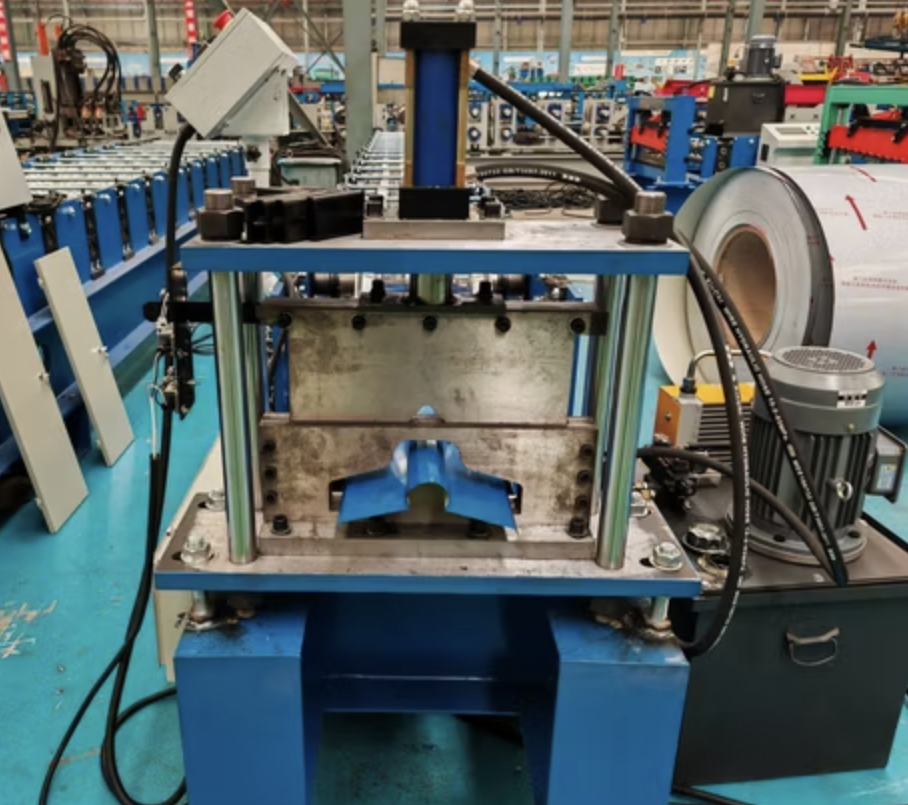
Posted on Friday, January 20, 2023
Poland has emerged as a key market for roll forming machines, catering to industries such as construction, automotive, HVAC, and agriculture. With increasing infrastructure development and growing demand for steel profiles, the need for roll forming machines in Poland continues to rise. This article explores the most popular roll forming machines in Poland, covering machine types, specifications, profiles, industries, key regions, and operational requirements. Additionally, it highlights the advantages of using Machine Matcher for purchasing the right machine and ensuring a smooth buying process.
Specifications:
Roller Material: High-grade steel (GCr15) with hard chrome coating
Frame Structure: Heavy-duty welded steel with stress-relief treatment
Motor Power: 7.5–15 kW depending on profile complexity
PLC System: Fully automated Siemens or Mitsubishi PLC
Cutting System: Hydraulic cutting with a precision tolerance of ±1mm
Machine Speed: 12–15 meters per minute
Profile Thickness: 0.3–0.8 mm galvanized or pre-painted steel
Profiles Produced: Trapezoidal, corrugated, and standing seam roofing panels
Industries Using These Machines: Construction, industrial warehousing, and residential roofing
Main Cities Using These Machines: Warsaw, Kraków, Wrocław, and Gdańsk
Specifications:
Roller Material: Heat-treated GCr15 with CNC precision
Frame Structure: 350 H-beam frame with shot blasting treatment
Motor Power: 11–18.5 kW with hydraulic post-cutting
Punching and Notching: Servo punching with hydraulic notching
PLC System: Panasonic or Delta PLC for profile adjustments
Profile Thickness: 1.5–3.0 mm galvanized steel
Machine Speed: 15–20 meters per minute
Profiles Produced: C and Z purlins for structural applications
Industries Using These Machines: Industrial construction, solar structures, and metal building manufacturers
Main Cities Using These Machines: Poznań, Łódź, Katowice, and Szczecin
Specifications:
Roller Material: GCr15 with hardness HRC 58–62
Frame Structure: Heavy-duty steel with precision leveling
Motor Power: 15–22 kW depending on deck profile complexity
PLC System: Delta or Siemens PLC with automatic stacking options
Machine Speed: 10–12 meters per minute
Profile Thickness: 0.8–1.5 mm galvanized or stainless steel
Profiles Produced: Metal decking profiles for concrete slabs
Industries Using These Machines: Construction and commercial building sectors
Main Cities Using These Machines: Warsaw, Gdańsk, and Kraków
Specifications:
Roller Material: Hardened alloy steel with chrome plating
Frame Structure: Welded steel frame with stress-relief annealing
Motor Power: 22–37 kW with hydraulic punch and cut
PLC System: Siemens PLC with touch screen HMI
Profile Thickness: 2.5–4.5 mm galvanized steel
Machine Speed: 8–10 meters per minute
Profiles Produced: W-beam and thrie-beam guardrails
Industries Using These Machines: Highway construction and transportation
Main Cities Using These Machines: Warsaw, Lublin, and Katowice
Specifications:
Roller Material: High-quality alloy steel with CNC finishing
Frame Structure: 350 H-beam frame for durability
Motor Power: 11–15 kW with post-cutting hydraulic systems
PLC System: Mitsubishi or Siemens PLC
Profile Thickness: 0.8–2.0 mm galvanized or cold-rolled steel
Machine Speed: 12–15 meters per minute
Profiles Produced: Steel door frames and window profiles
Industries Using These Machines: Residential and commercial construction
Main Cities Using These Machines: Warsaw, Gdynia, and Wrocław
Construction Sector: Roofing sheets, wall panels, and purlins
Transportation Sector: Guardrails, crash barriers, and side panels
Industrial Warehousing: Decking panels, metal trusses, and cladding
HVAC Sector: Air ducts and ventilation system profiles
Profile Distortion: Misalignment of rollers may cause incorrect dimensions. Regular roller calibration resolves this issue.
Cutting Inaccuracy: Dull blades in hydraulic cutters can cause uneven cutting. Replacing or sharpening the blades ensures precise cuts.
PLC Malfunction: Software bugs can cause machine slowdowns. Updating the PLC software or reprogramming resolves this.
Material Jamming: Improper material feeding may jam the rollers. Ensuring correct material thickness prevents jams.
Profile Limitation: Some machines can only produce specific profiles. Customization may require a different setup.
Initial Investment Cost: High-quality roll forming machines have higher upfront costs.
Space Requirement: Larger roll forming machines require ample space for setup and operation.
High Production Efficiency: Continuous forming ensures consistent output with minimal waste.
Versatility: Machines can handle various metals and profiles with quick changeover options.
Cost Savings: Roll forming reduces material wastage, leading to cost efficiency.
Durability: High-grade materials used in the machine ensure longevity and minimal wear.
Foundation Preparation: Ensure a leveled, vibration-free surface for machine stability.
Electrical Setup: Match voltage and frequency to the machine's power requirements.
Calibration and Alignment: Test roll alignment to match desired profiles accurately.
Trial Run: Perform trial runs with scrap materials to fine-tune the machine settings.
Routine Lubrication: Regular lubrication of rollers and moving parts ensures smooth operation.
Periodic Inspection: Check wear and tear on rollers, cutters, and bearings to prevent unexpected breakdowns.
PLC Software Maintenance: Regular updates and backups ensure seamless software performance.
Roller Cleaning: Clean rollers after use to prevent contamination from metal debris.
ISO 9001 Certification: Ensures quality control in machine manufacturing.
CE Certification: Indicates compliance with European safety standards.
DIN EN Standards: Governs roll forming design, ensuring consistency in output profiles.
Roofing Panel Roll Forming Machines: $35,000–$80,000
C and Z Purlin Roll Forming Machines: $45,000–$90,000
Deck Roll Forming Machines: $50,000–$100,000
Highway Guardrail Roll Forming Machines: $70,000–$150,000
Door Frame Roll Forming Machines: $30,000–$75,000
Metal-Fach Sp. z o.o. – A leading manufacturer specializing in construction roll forming machines.
BUDMAT – Offers roofing and wall panel roll forming machines.
Blachy Pruszyński – Produces machines for metal roofing profiles and purlins.
Machine Assembly: Ensure proper roller and die alignment.
PLC Configuration: Set operational parameters for desired profiles.
Trial Runs: Conduct sample runs to verify profile accuracy.
Operator Training: Provide training for machine operators on safety and troubleshooting.
Machine Matcher is a global platform designed to simplify the buying and inspection process of roll forming machines. We specialize in connecting buyers with the right machine that suits their profile and production needs. Our experts ensure you receive a machine that meets your exact specifications and quality standards.
How Machine Matcher Helps:
Profile Matching Expertise: We help you identify machines that best match your desired profiles.
Pre-Purchase Inspection: Thorough inspection ensures quality and compliance with international standards.
Global Sourcing Options: Access to a wide range of new and used roll forming machines globally.
Customization Advice: Tailor machines to your business requirements, including profile modifications and additional features.
Contact Machine Matcher - Speak to one of our roll forming machine experts today:
UK: +44 20 335 56554
USA: +1 407 559 7948
Europe: +32 460 24 13 95
WhatsApp: +44 20 335 56554
Email: [email protected]
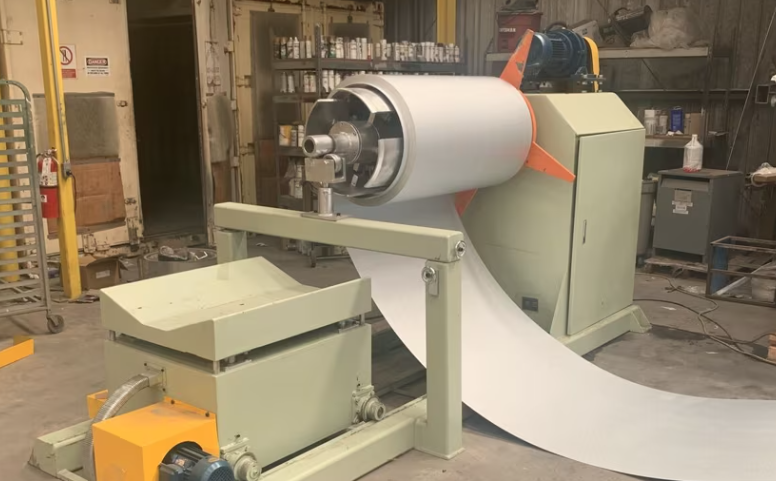
Understanding Coil IDs, Mandrel Sizing, and Shear Pin Safety in Uncoilers
Posted on Wednesday, October 1, 2025
Mismatched sizes can lead to machine damage, downtime, and safety hazards — often evidenced by a shear pin failure.
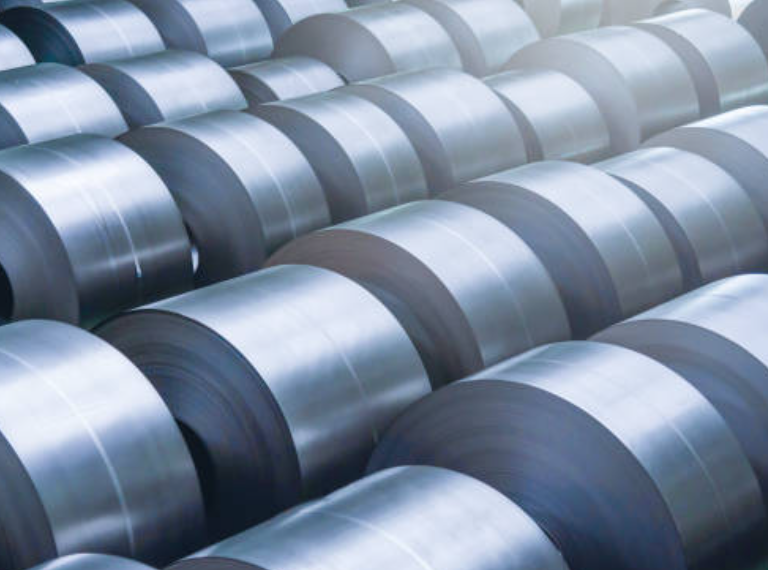
How Coil Tensile Strength Affects Roll Forming and How to Adjust Your Machine
Posted on Wednesday, October 1, 2025
Changes in tensile strength can significantly affect the finished profile, causing misaligned bends, uneven edges, and out-of-spec parts.
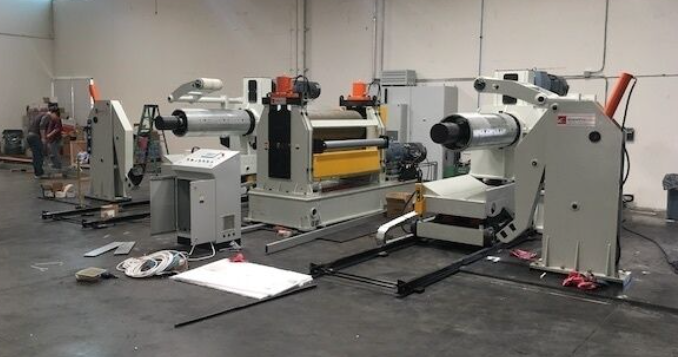
Why Paint Cracks on an Embossing Line Running Pre-Painted Coil and How to Prevent It
Posted on Wednesday, October 1, 2025
This issue not only affects the visual quality of the product but can also lead to increased scrap rates and customer complaints.
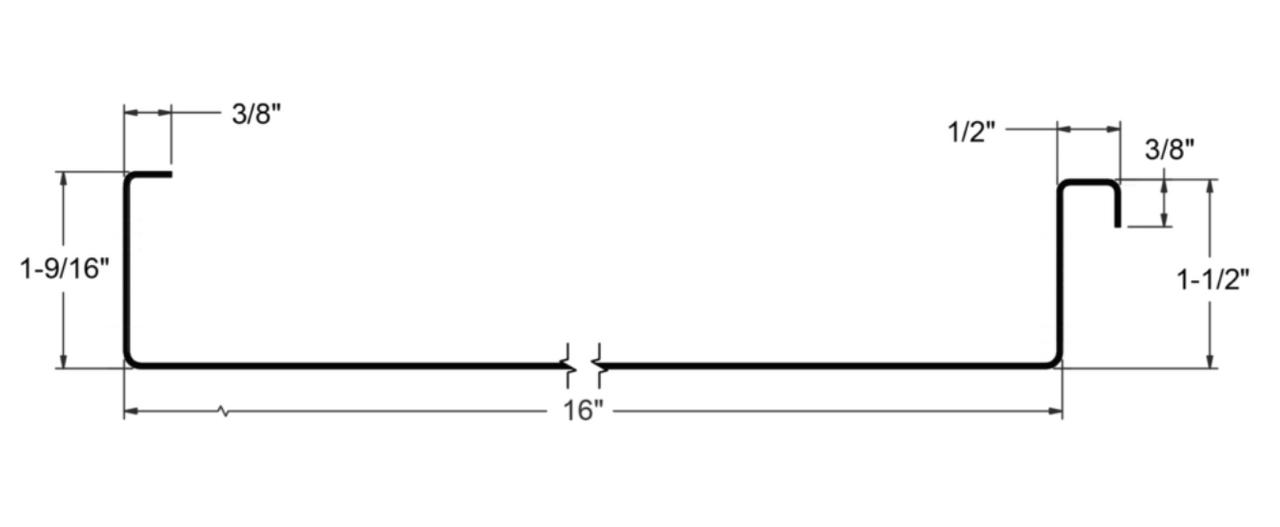
The Most Popular Standing Seam Metal Roof Panels in the U.S. — A Comprehensive Guide
Posted on Monday, September 29, 2025
In this post, we’ll explore what panel styles and sizes are most popular in the U.S